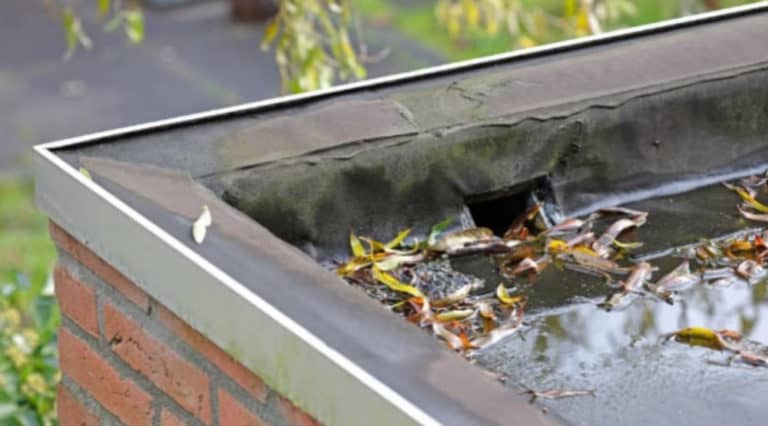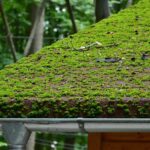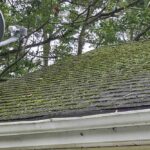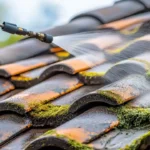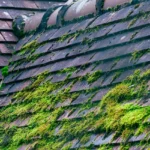Dealing with roof drainage backups can be a real headache for homeowners. Not only can they lead to water damage, but they can also result in costly repairs. Understanding how to prevent these issues is essential for maintaining a healthy and functional home. In this article, we’ll explore various strategies for ensuring your roof’s drainage system works efficiently, helping you avoid unnecessary problems.

Understanding Roof Drainage Systems
A well-functioning roof drainage system is crucial for directing water away from your home. This system typically includes gutters, downspouts, and drains, all of which work together to prevent water from pooling on your roof. If any part of this system becomes clogged or damaged, it can lead to backups and potentially severe water damage.
Components of a Roof Drainage System
Before diving into prevention strategies, it’s essential to understand the primary components of a roof drainage system. These include:
- Gutters: Channels that collect rainwater from the roof and direct it toward downspouts.
- Downspouts: Pipes that carry water from gutters to the ground, away from the foundation.
- Roof Drains: Openings on flat roofs that guide water into the drainage system.
Each component plays a vital role in ensuring water flows smoothly and efficiently.
Common Causes of Roof Drainage Backups
Identifying the common causes of drainage backups can help you take proactive measures to prevent them. Some of these causes include:
Clogged Gutters and Downspouts
Leaves, twigs, and debris can easily clog gutters and downspouts, preventing water from flowing freely. Regular cleaning is essential to prevent these blockages.
Improper Installation
If your drainage system is not installed correctly, it can lead to water pooling and backups. Ensuring professional installation can help avoid these issues.
Ice Dams
In colder climates, ice dams can form on roofs, blocking drainage and causing water to back up. Proper insulation and ventilation can help prevent ice dams.
Preventive Measures
Taking preventive measures is the key to avoiding roof drainage backups. Here are some effective strategies:
Regular Cleaning and Maintenance
Regularly cleaning your gutters and downspouts is crucial to prevent clogs. Consider hiring a professional for thorough cleaning at least twice a year.
Install Gutter Guards
Gutter guards can help prevent debris from entering your gutters, reducing the risk of clogs and backups. They are a worthwhile investment for any homeowner.
Check for Proper Slope
Ensure your gutters have the correct slope to facilitate water flow. Incorrect slopes can cause water to pool, leading to backups.
Inspect Roof Drains
Regularly inspect your roof drains for any signs of blockages or damage. Promptly address any issues to prevent backups.
Professional Help and Resources
Sometimes, it’s best to seek professional help for maintaining your roof drainage system. Professional services can provide thorough cleaning, installation, and repairs to ensure your system functions optimally.
For more detailed information on maintaining your roof’s drainage system, you can visit this resource.
Conclusion
Preventing roof drainage backups is essential for protecting your home from water damage. By understanding the components of your drainage system, recognizing common causes of backups, and implementing preventive measures, you can ensure your roof remains in excellent condition. Regular maintenance and professional assistance, when needed, will go a long way in keeping your home safe and dry.

FAQs
Why is regular maintenance important for roof drainage systems?
Regular maintenance helps prevent clogs and ensures that water flows smoothly, reducing the risk of water damage to your home.
How often should I clean my gutters?
It’s recommended to clean your gutters at least twice a year, in spring and fall, to prevent clogs and backups.
Can I install gutter guards myself?
While some homeowners choose to install gutter guards themselves, it’s often best to hire a professional to ensure proper installation.
This article contains affiliate links. We may earn a commission at no extra cost to you.



